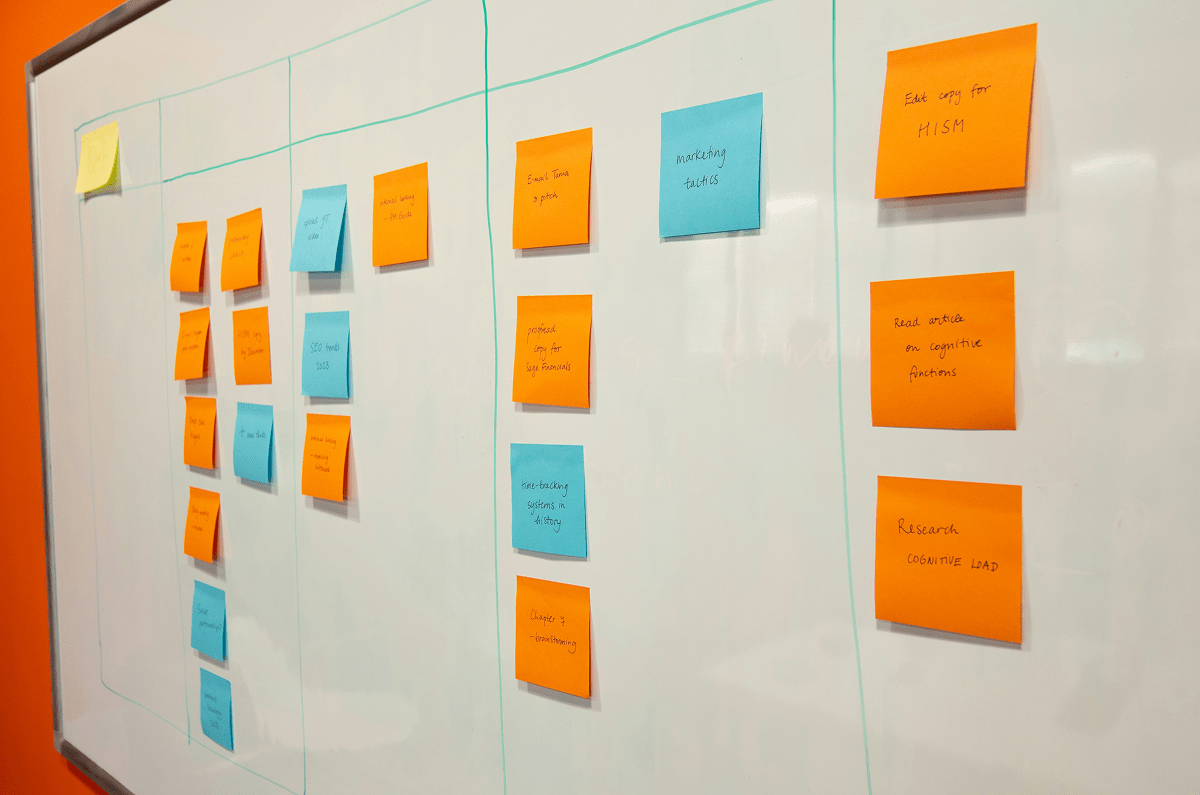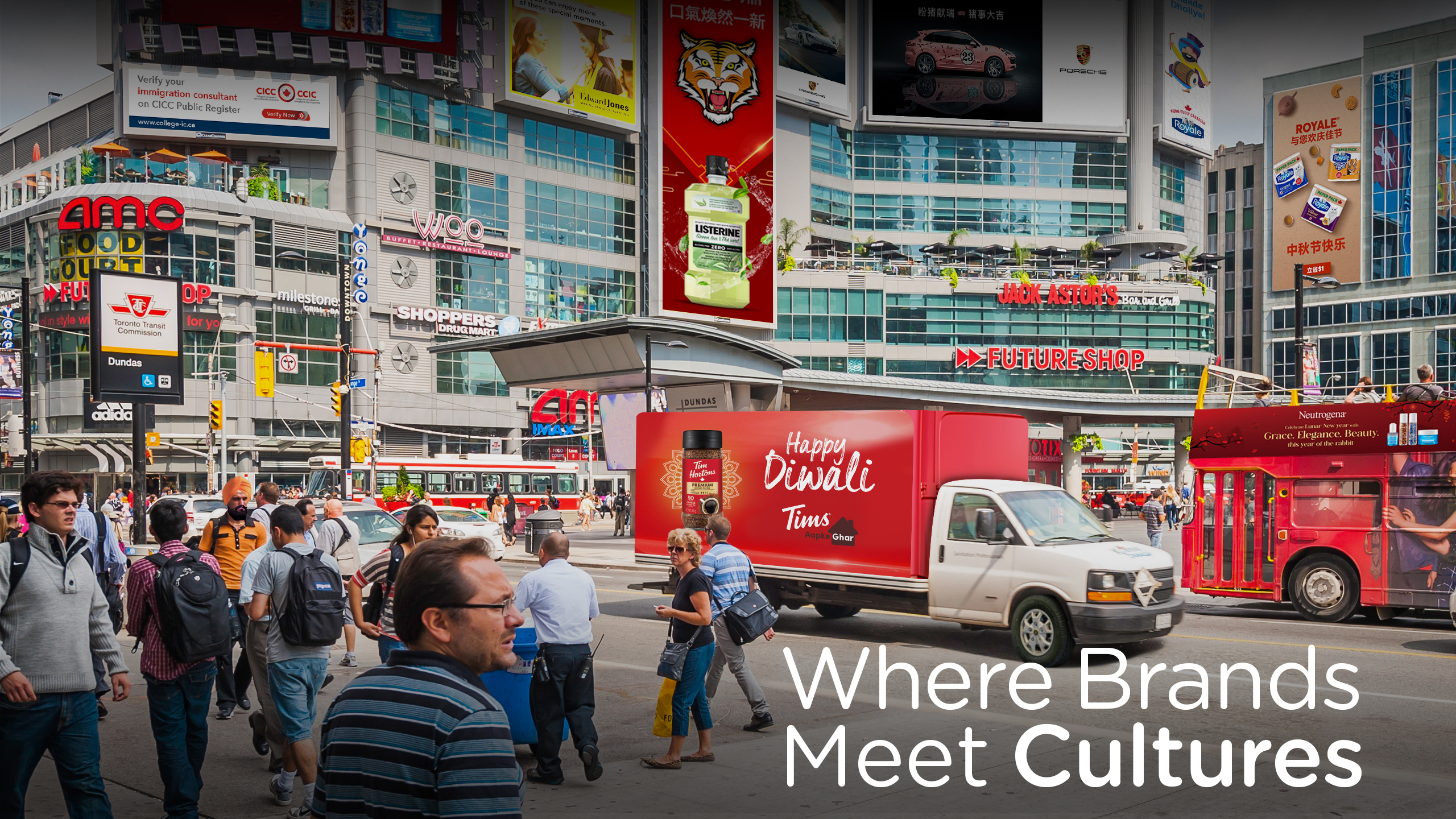Before you know it, the leaves will turn golden, pumpkin spice will be everywhere, and festival season will be in full swing. Whether you’re organizing a local multicultural music festival, an international food and wine showcase, or a nationwide cultural celebration, one thing is sure—a successful festival doesn’t just “happen.” It’s built on a strategic, well-executed event marketing plan that gets people talking, sharing, and showing up—all while delivering measurable ROI for your brand and partners.
In this comprehensive guide, we’ll break down festival marketing from top to bottom. You’ll discover marketing strategies that will help you:
- Increase event or community attendance,
- Build hype online and offline, and
- Create unforgettable experiences that keep attendees coming back year after year.
From seasoned event organizers to first-time festival planners, these strategies will help make this fall’s lineup your best yet. Let’s get started!
Why Festival Marketing Works for National Brands
Festivals offer a unique advantage over traditional advertising: immersive, in-person brand experiences that stick with attendees long after the event ends. They combine:
- Cultural connection: Attendees feel part of something bigger when celebrating shared
traditions, music, or food. - Emotional resonance: Positive memories are linked directly to your brand.
- Built-in engagement: Festivals naturally produce photos, videos, and stories that people want to share on social media.
According to Eventbrite, 78% of millennials prefer spending money on experiences over products. This trend is key for brands seeking to build loyalty and advocacy through live events. For corporate marketers, festival marketing isn’t about casually setting up a booth. It requires orchestrating a multi-channel, data-driven event marketing plan that aligns with brand goals and delivers measurable returns. Bottom line: flawless organization, planned far ahead.
1. Start with a Strong Event Marketing Plan
Every successful festival begins with a comprehensive event marketing plan—a blueprint guiding your efforts from initial concept to post-event analysis. Key components include objectives, budget, sponsorships, and timeline.
Objectives
Define your key performance indicators (KPIs) clearly. Are you targeting ticket sales, brand awareness, community engagement, or sponsor activation? Example: “Increase Q4 brand impressions by 15%” or “Sell 20,000 tickets in six weeks.”
Budget
Plan for all expenditures: promotions, partnerships, creative production, staffing, media buys, and contingency funds. Every dollar should be accounted for!
Sponsorships
Focus on crafting a compelling proposal, identifying the right sponsors, and demonstrating the value your event offers.
Timeline
Work backward from your festival date. Include campaign launches, influencer contract deadlines, sponsorship milestones, and final creative approvals.
Corporate Insight: For major festivals, start planning 9 to 12 months ahead to secure premium talent, prime venues, and synchronize with national brand campaigns.

2. Develop Audience Intelligence and Segmentation
Understanding your audience beyond basic demographics is crucial for corporate campaigns. Steps to build audience insight include:
- Creating detailed personas: Include psychographics such as values, lifestyles, and media consumption habits.
- Analyzing historical data: Leverage ticket buyer histories, website analytics, and social media engagement to identify key segments.
- Selecting the proper channels:
o Music and pop culture festivals thrive on TikTok and Instagram.
o Heritage and cultural festivals often see success on Facebook, ethnic media, and community outreach.
This precision enables you to optimize marketing strategies for social media and paid media spending.
3. Build a Cohesive and Enduring Brand Identity
Your festival’s brand must be instantly recognizable and consistent across all channels and touchpoints. Keep the following corporate branding checklist in mind:
- A flexible logo system suitable for various sizes and formats,Consistent typography and colour palettes aligned with your brand personality,
- Clear brand guidelines covering tone of voice and visual style, and
- Uniform design across print collateral, digital platforms, event signage, and merchandise.
Pro Tip: Treat the festival as a standalone sub-brand under your corporate umbrella. This approach maintains brand equity while allowing for annual evolution in themes and visuals.
4. Develop Strong Marketing Strategies for Social Media
Social media remains the most dynamic tool to generate buzz before, during, and after your festival. But marketing strategies for social media vary depending on the platform. For example:
- Instagram & TikTok: Use short, compelling teaser videos, artist announcements, and influencer takeovers. Prioritize Stories and Reels for engagement.
- Facebook: Create event pages, engage community groups, and run targeted ads based on geography, interests, and demographics.
- LinkedIn: Promote sponsorship opportunities, recruit volunteers, and network with corporate partners.
- X/Twitter: Deliver real-time updates, behind-the-scenes content, and audience polls to drive interaction.
Content remains king on social media. Some ideas to include in your event social media marketing campaign include:
- Countdown campaigns beginning 30 days prior,
- Behind-the-scenes footage of preparations and rehearsals,
- Ticket giveaways in partnership with influencers and sponsors, and
- Branded festival hashtags encouraging user-generated content.
Corporate best practice: Provide social media kits to vendors, performers, and sponsors to ensure
consistent messaging and extend your reach.
5. Complete Influencer, Artist, and Community Outreach
Influencers and artists have the power to amplify your festival’s reach by bringing authentic voices and built-in audiences to your marketing efforts. To maximize their impact, it’s important to carefully vet influencer audiences for genuine alignment with your target demographic and strong engagement rates, not just follower counts.
Offering exclusive content or backstage access can foster enthusiasm and motivate influencers and artists to become passionate advocates for your event. Encouraging performers to create and share behind-the-scenes footage and live content further engages audiences and generates real-time buzz.
Additionally, collaborating with respected community leaders helps build grassroots credibility, ensuring your festival resonates on a deeper level within local and niche communities.
This multi-tiered outreach approach not only strengthens festival buzz but also fosters meaningful, lasting connections with diverse audiences.
6. Incorporate Experiential Activations That Resonate
For corporate festivals, activations must be interactive, immersive, and aligned with your brand values. Examples of effective activations include immersive photo booths or augmented reality experiences that attendees love to share, live art installations sponsored by your company, and gamified experiences with prizes that encourage participation.
These activations enhance attendee satisfaction and generate valuable user-generated content to extend your brand’s post-event visibility.

7. Use Smart Ticketing and Promotional Strategies
Your ticketing system should be frictionless and strategically designed to maximize sales.
One effective approach is to launch early-bird pricing that incentivizes attendees to purchase tickets well in advance. Additionally, creating group or corporate packages tailored for teams and families can boost overall ticket volume and encourage social attendance. Integrating referral programs with unique tracking codes further stimulates word-of-mouth promotion by rewarding attendees who bring friends.
Equally important is ensuring your ticketing platform is fully optimized for mobile devices, minimizing checkout abandonment and making the purchase process as seamless as possible for users on any device.
8. Ensure Sponsorship Integration for Mutual Value
Sponsorships are more than funding sources; they should enhance your event experience and align with attendee interests. Consider offering sponsors:
- Branded stages or zones that provide premium visibility,
- Co-branded merchandise or product sampling opportunities, and
- Exclusive lounges or meet-and-greet experiences for sponsor customers.
A thoughtful sponsorship strategy strengthens your festival’s reputation and builds long-term partnerships.
9. Establish Effective Staffing and Volunteer Coordination
Your event staff and volunteers serve as the frontline ambassadors of your brand, playing a crucial role in shaping attendees’ overall experience. To ensure they represent your festival effectively, it’s important to begin recruitment and training well in advance. Early preparation allows your team to become familiar with the event’s goals, logistics, and brand values, setting them up for success on the big day.
Once recruited, assigning clear roles and responsibilities is vital to maintaining order and efficiency during the festival. Providing a thorough orientation helps staff and volunteers understand their duties, key points of contact, and how their work contributes to the event’s success. Equipping your team with detailed FAQ resources and established escalation protocols empowers them to handle attendee questions confidently and resolve issues swiftly, minimizing disruptions.
Ultimately, a knowledgeable and friendly staff creates a welcoming atmosphere that enhances the attendee experience. Their professionalism and helpfulness can turn first-time visitors into loyal fans, while also reducing on-site problems that could otherwise detract from your festival’s reputation.
10. Perform Post-Event Engagement
The conclusion of your festival marks not the end, but the beginning of an ongoing relationship with your attendees. To maintain momentum and keep your event top of mind, sharing highlight reels, photo galleries, and testimonials is an effective way to celebrate the experience and engage your audience long after the final act.
Personalized thank-you emails can further strengthen this connection by expressing appreciation and offering exclusive incentives such as early-bird ticket access for the following year’s festival. Running retargeting campaigns on social media platforms helps nurture leads and encourages repeat attendance by reminding past attendees of the value your event provides.
Soliciting feedback through surveys or direct outreach is equally important, providing insights that can help refine and improve future festivals. By maintaining consistent post-event communication, you transform one-time visitors into loyal brand advocates who look forward to returning year after year.
11. Measure Success: Analytics and Reporting
Measuring success through detailed analytics and reporting is essential for national corporate events. Robust measurement not only justifies your investment but also provides valuable insights to refine and improve future event marketing strategies.
Key performance metrics to track include attendance compared to your forecast, which helps you understand how well your promotional efforts translated into actual turnout. Analyzing ticket sales by channel and demographic offers deeper insight into which marketing strategies resonated best with different audience segments.
Social media metrics such as impressions, engagement rates, and hashtag reach are critical indicators of your event’s online buzz and brand visibility. Additionally, tracking media coverage and calculating its equivalent advertising value allows you to quantify the impact of earned media exposure.
Finally, monitoring lead capture and conversion rates from event activations connects your festival efforts directly to business outcomes. By leveraging advanced analytics tools and integrating data with customer relationship management (CRM) systems, you can generate a comprehensive picture of your event’s return on investment (ROI) and identify growth opportunities.
Plan the Best Festivals with a Multicultural Marketing Agency
Multicultural audiences represent a growing share of festival attendees in Canada. To authentically engage diverse communities, partnering with a specialized agency is essential. Maple Diversity Communications excels in delivering culturally relevant campaigns that resonate deeply across Canada’s rich cultural mosaic. We can help elevate your festival marketing by:
- Developing culturally nuanced messaging that respects diverse values and customs,
- Creating multilingual advertisements spanning TV, radio, print, and digital channels,
- Connecting your festival to influential cultural ambassadors and community media, and
- Advising on program elements that are culturally appropriate and compelling.
Incorporating multicultural marketing not only broadens your audience but also opens doors to new sponsorship categories and improves brand sentiment and equity. At the same time, it generates high-value earned media and authentic word-of-mouth.

Sample 6-Month Festival Marketing Timeline
To keep your festival marketing efforts on track and ensure no detail is overlooked, it’s essential to follow a well-structured timeline. Below is a sample six-month festival marketing timeline that outlines key milestones and actions to guide your planning process—from securing your venue and sponsors to post-event engagement—helping you execute a smooth, successful campaign.
| Timeframe | Key Actions |
|---|---|
| 6 months out | Secure venue, lock sponsors, begin multicultural media planning |
| 5 months out | Launch teaser campaigns, finalize influencer contracts |
| 4 months out | Start ticket sales (if ticketed), launch early-bird offers |
| 3 months out | Ramp up social content, announce major performers |
| 1 month out | Intensify paid media spend, push group sales |
| Festival week | Daily social media posts, influencer takeovers, live updates |
| Post-event | Share highlights, issue press releases, launch next year’s pre-sale |
This phased approach ensures all teams are aligned and campaigns are well-timed.
Wrapping Up: Festival-Based Marketing Strategies to Implement This Fall
Fall festivals represent a prime opportunity for national brands to connect with engaged, diverse audiences in a meaningful way.
By developing and executing a data-driven, culturally inclusive event marketing plan—such as by partnering with a specialized agency like Maple Diversity Communications—corporate marketers can ensure their messaging authentically resonates across Canada’s rich cultural mosaic. This approach elevates festivals from mere gatherings to memorable brand experiences that drive long-term growth and foster loyalty among a broader audience.
Start early, plan with precision, and build authentic connections, and your fall festival will be the highlight of the season for attendees and sponsors alike.





